Do you have a growling German Shepherd who wags his tail at the same time and leaves you scratching your head in confusion?
Your loyal companion wagging his tail with undeniable enthusiasm, yet followed by a low growl might be a puzzling sight. As a GSD owner, I completely understand you! But just so it happens that I also understand you pooch!
Prepare to uncover the hidden meanings behind these conflicting signals, as we explore both the amusing and serious reasons that may lie beneath the surface!
#1 Your GSD Is Trying To Imitate A Purring Cat
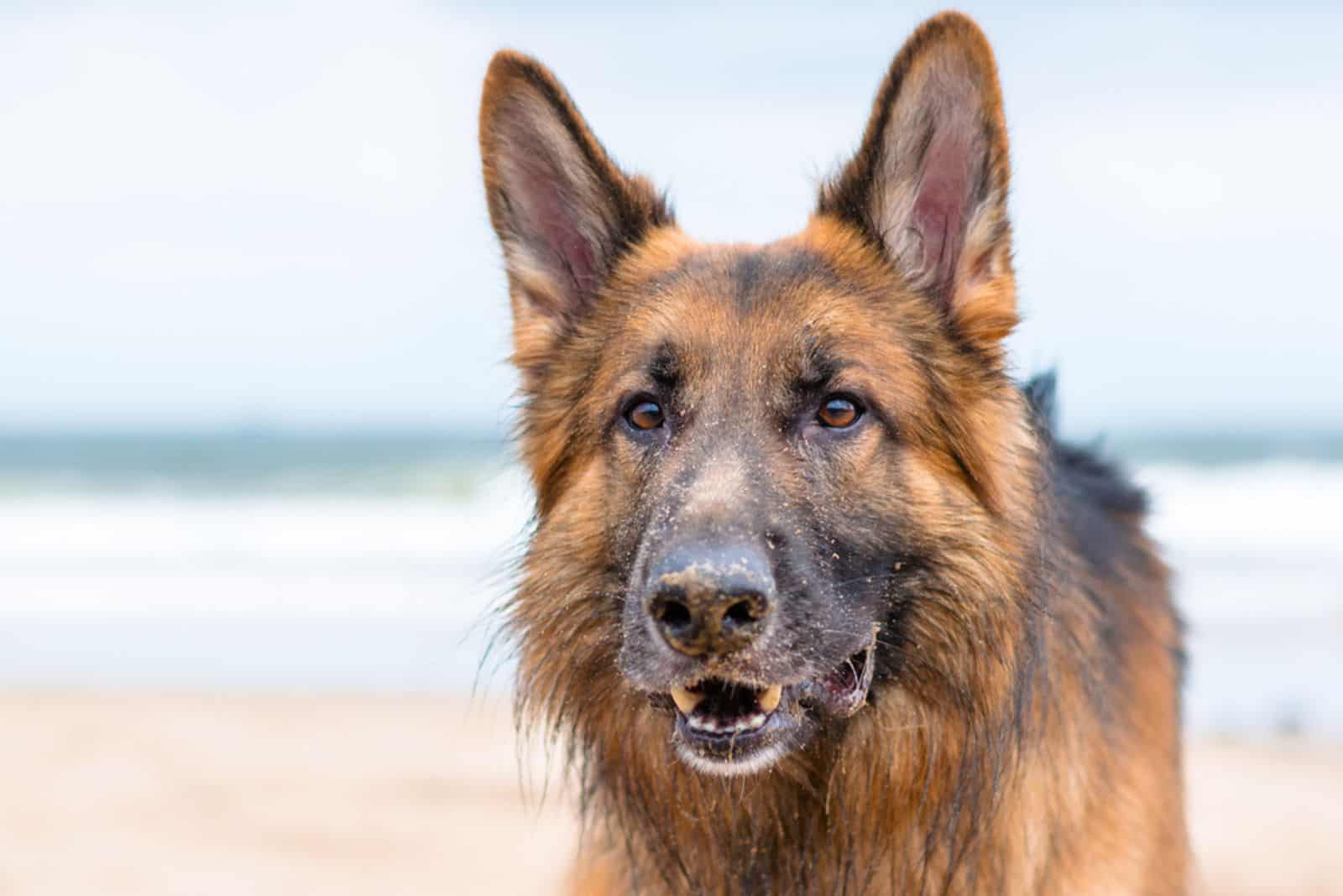
Your German Shepherd might have developed a quirky habit of growling while wagging his tail, as if he believes he is a purring cat!
It’s as if he has taken cues from his feline friends and decided to try his own version of cross-species communication.
With his tail wagging and a mischievous grin on his face, your GSD is showing his unique interpretation of purring, leaving everyone amused and wondering what’s going on in that playful canine mind!
#2 He Is Sending Mixed Signals
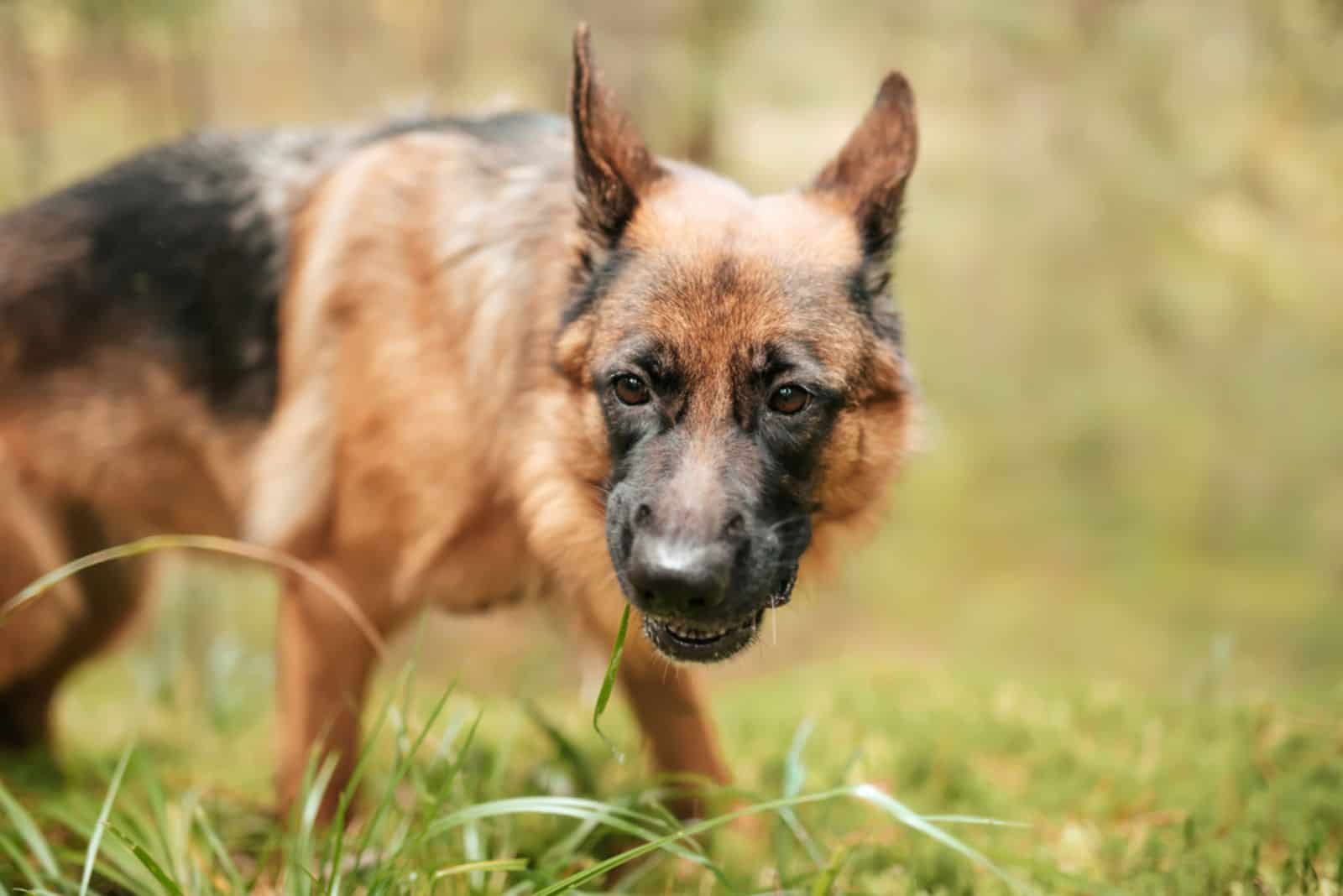
In amore serious scenario, your German Shepherd finds himself in a state of confusion, leaving you confused as well.
Despite his tail wagging, he emits growling sounds, which creates a mixed message.
The conflicting signals from his body language might indicate internal conflict or uncertainty about the situation at hand. It’s important to pay close attention to other cues and the context to better understand his true emotions and intentions.
This could also mean aggressive behavior or fear, so don’t keep ignoring it!
#3 He Is Auditioning For A Werewolf Movie
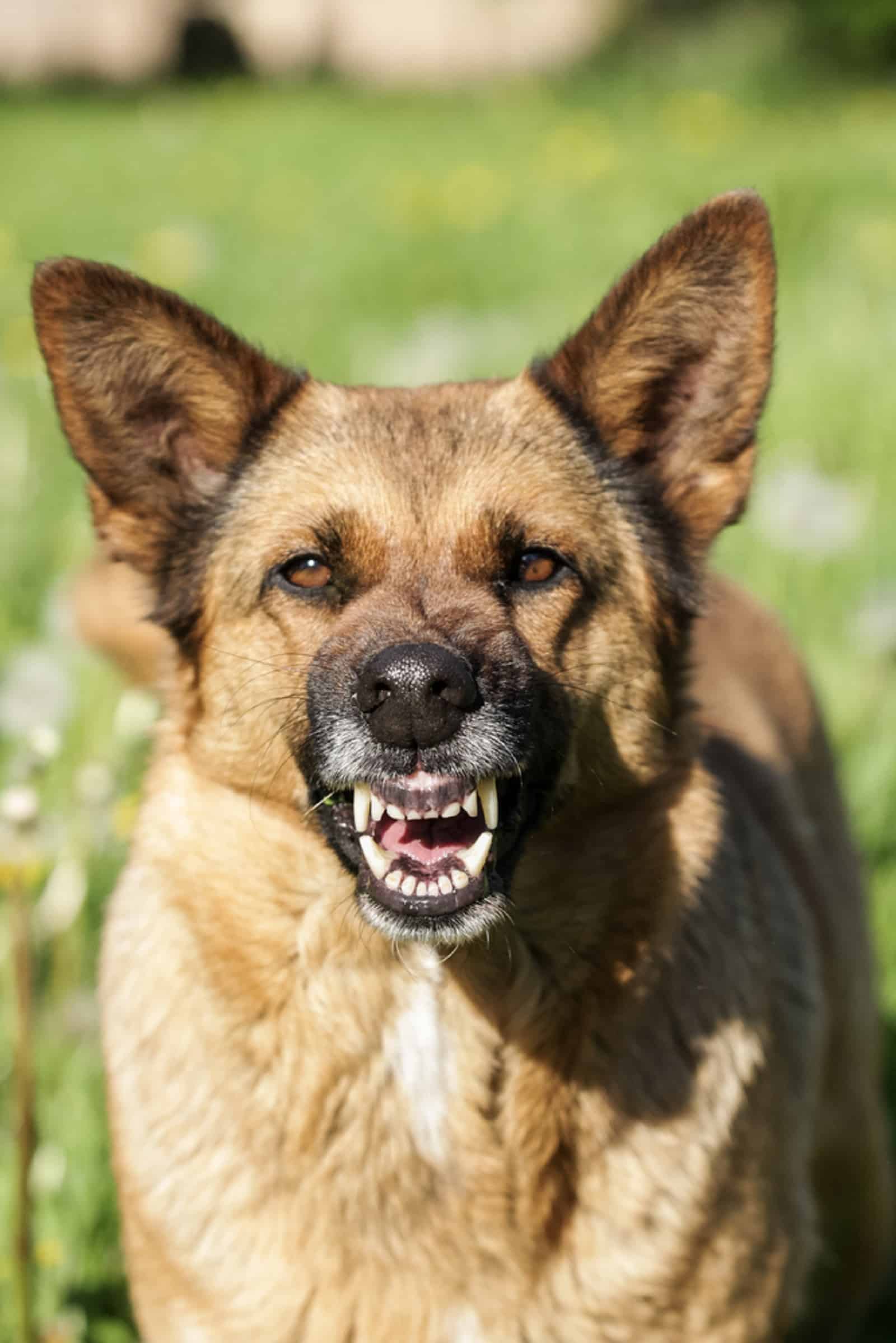
Lights, camera, growl!
Ever thought about having your German Shepherd audition for a werewolf movie?
With each growl accompanied by a wagging tail, it’s as if he has embraced his inner actor and is practicing his spooky act! He has been captivated by countless werewolf movies and now sees it as his opportunity to shine.
Perhaps he has been studying the eerie growls and decided to give it a go himself, providing you with moments of amusement and an adorable glimpse into his imaginative world.
#4 Your GSD Is Showing Protective Instincts
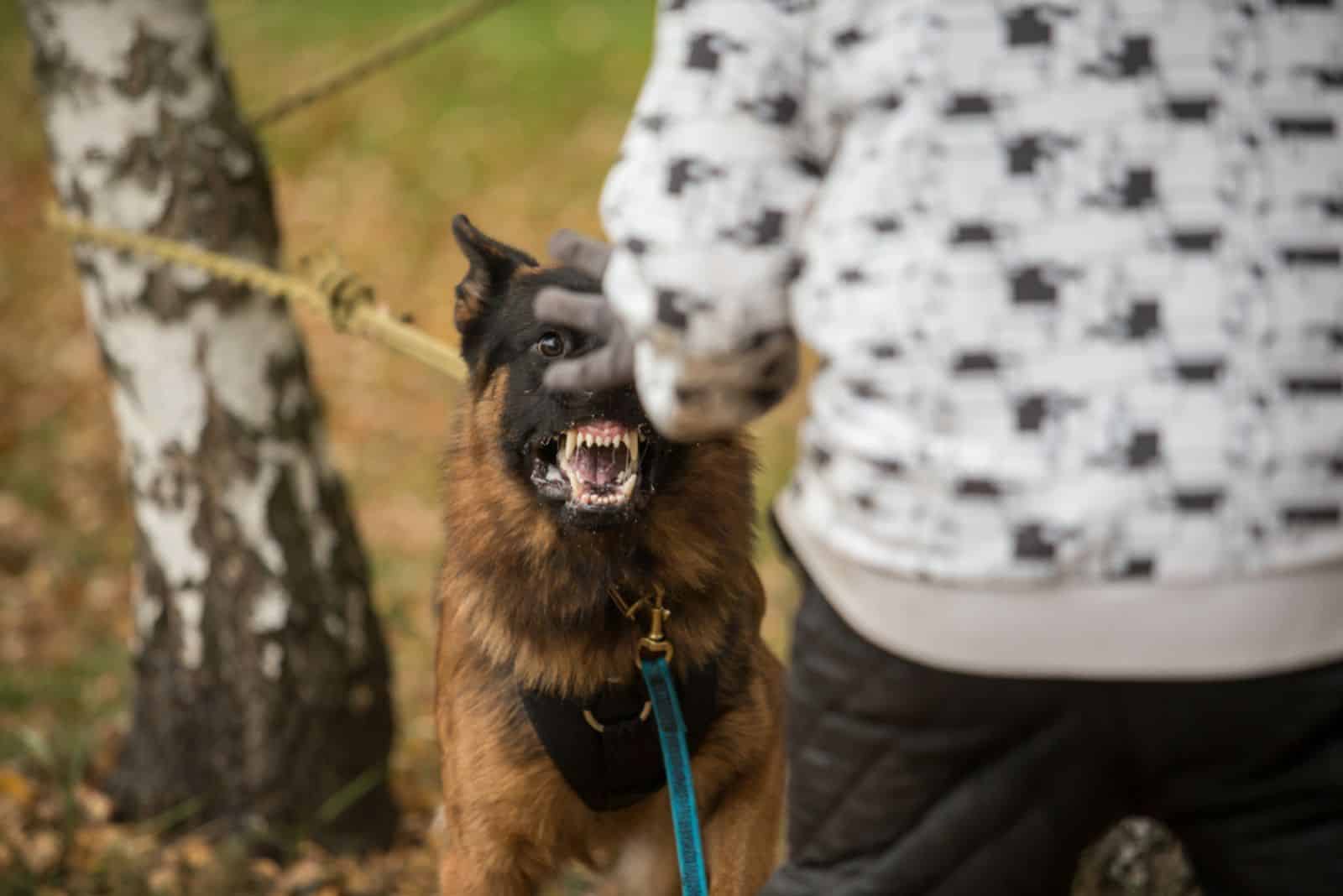
Your German Shepherd’s growling, even with a wagging tail, might stem from his innate guardian instincts.
GSDs are known for their protective nature, and this behavior could be a sign that he perceives a potential threat.
The growling serves as a warning or an attempt to intimidate, while the wagging tail reflects his friendly disposition toward those he considers part of his pack.
He wants to ensure the safety of his loved ones and create a secure environment.
It’s essential to recognize and respect his protective instincts while providing appropriate training and guidance to manage his behavior effectively!
#5 Your GSD Is Expressing His Love For Heavy Metal
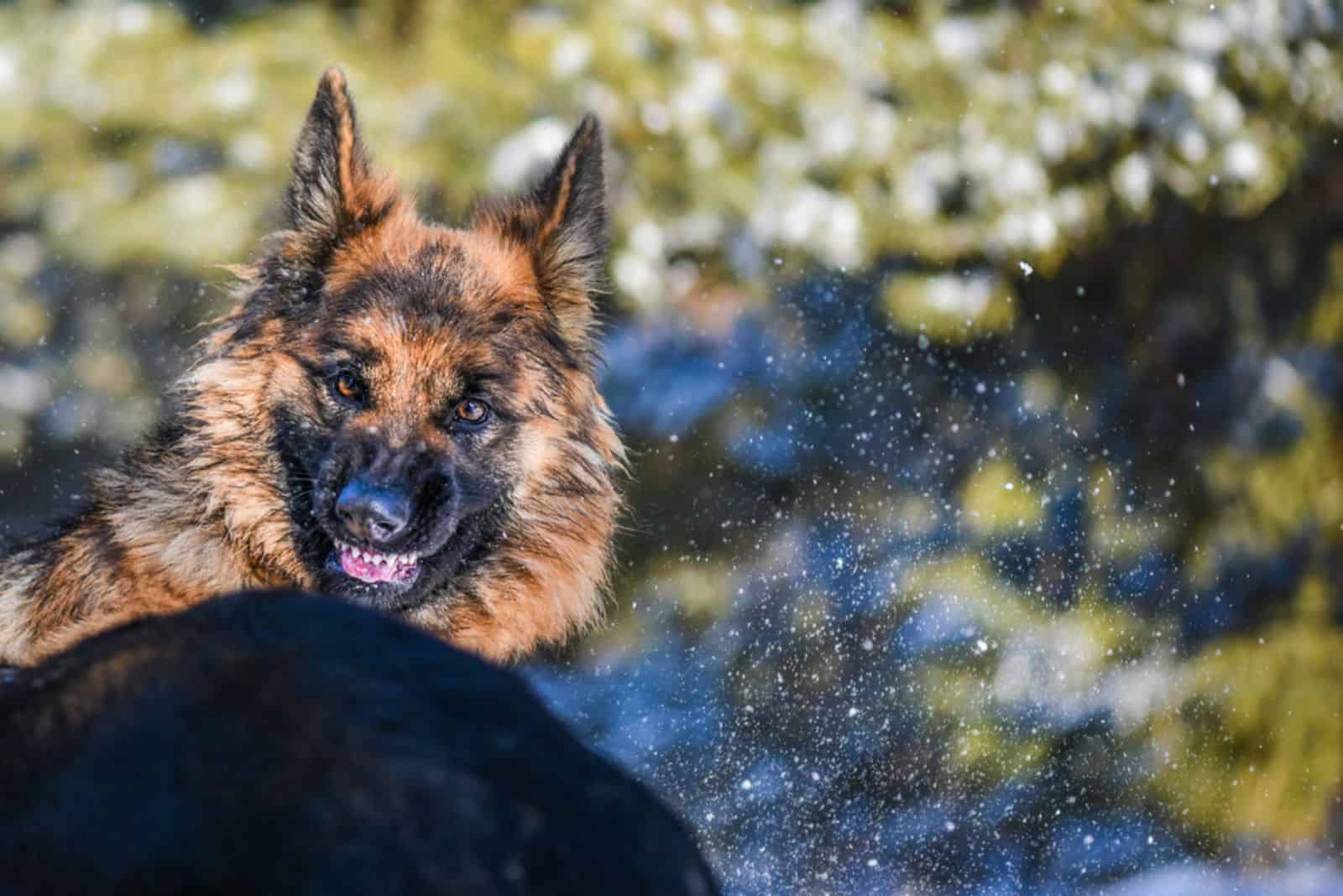
Who says only humans can rock out to heavy metal music?
Your German Shepherd has probably developed a peculiar taste for headbanging, demonstrating his passion for the energetic metal genre.
As he growls while wagging his tail, it’s as if he’s joining a canine mosh pit, nodding his head to the rhythm and showing his devotion to heavy metal!
#6 He Is To Intimidate The Squirrels
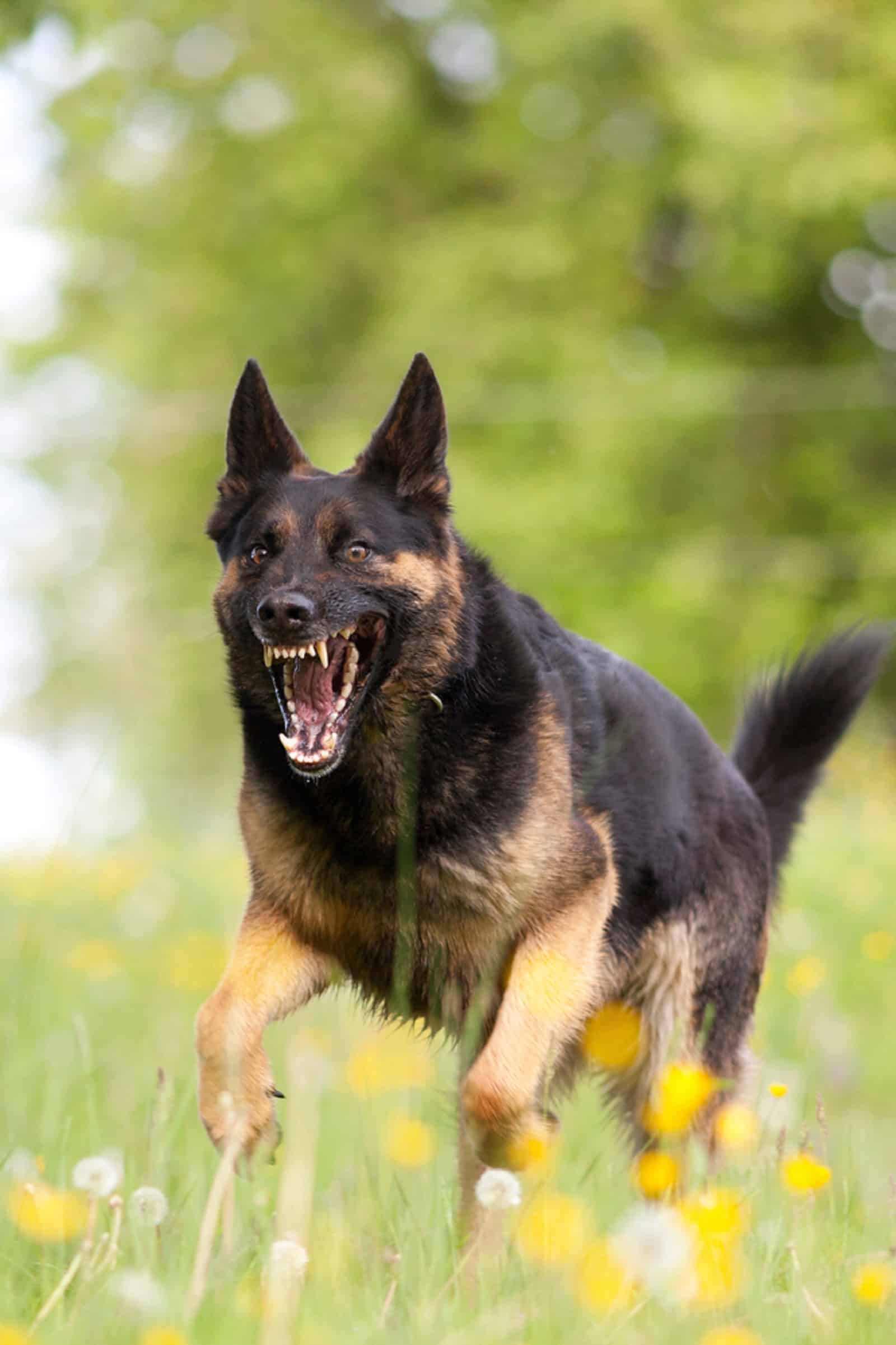
It seems like your German Shepherd has an ongoing rivalry with the squirrels in your yard! Hey, that’s nothing new, right?
Well, now that he’s growling while wagging his tail, it seems as if he has decided to become the fiercest predator in the neighborhood, bravely facing off against those pesky little rodents!
With each growl and tail wag, your German Shepherd is trying to intimidate the squirrels and claim his territory. What you get in turn are endless laughs and giggles!
#7 Your GSD Might Be In Pain Or Discomfort
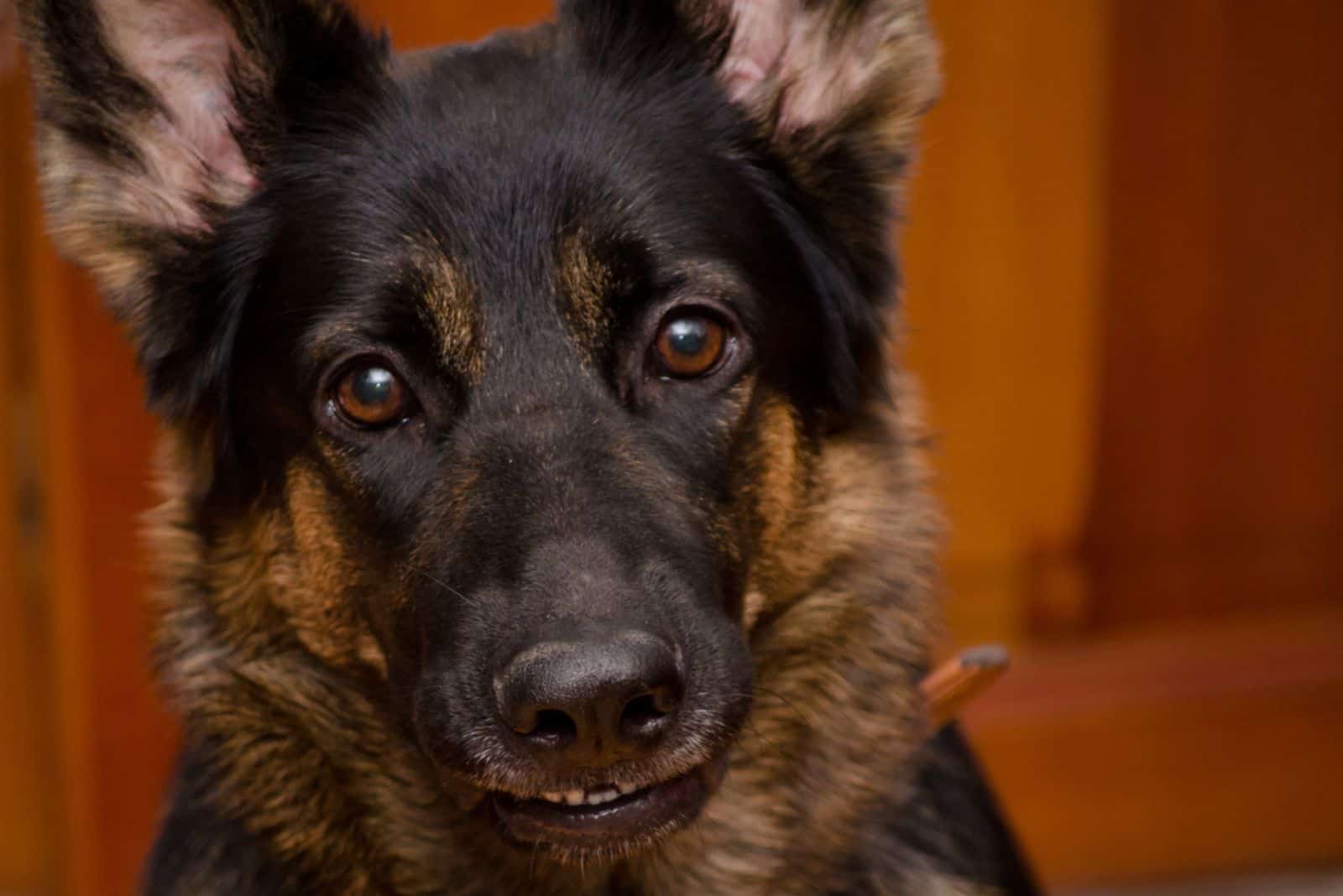
Dogs, including your German Shepherd, may use growling as a means of expressing pain or discomfort, even while wagging their tail.
It can be challenging to detect underlying issues because the tail wagging might give the impression that everything is fine.
However, the growling serves as a subtle signal that something is not okay.
It’s crucial to pay attention to any other signs of distress, such as
- Changes in appetite
- Lethargy
- Changes in behavior
- Excessive vocalization
If you suspect that your German Shepherd is experiencing discomfort, hurry up and seek veterinary care to address any potential health issues and provide appropriate pain management!
Final Thoughts
The sight of a German Shepherd growling while wagging their tail may seem contradictory, but it holds fascinating insights into his behavior.
On a more serious note, understanding the mixed signals, protective instincts, or silent discomfort behind these behaviors allows us to better interpret and address our German Shepherd’s needs.















